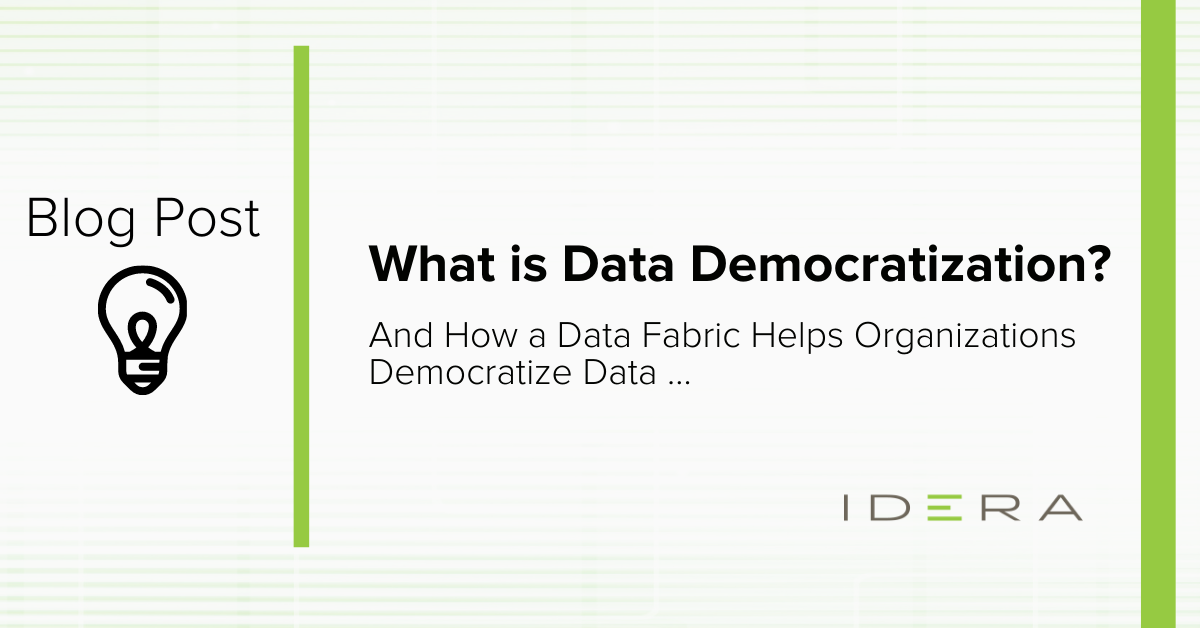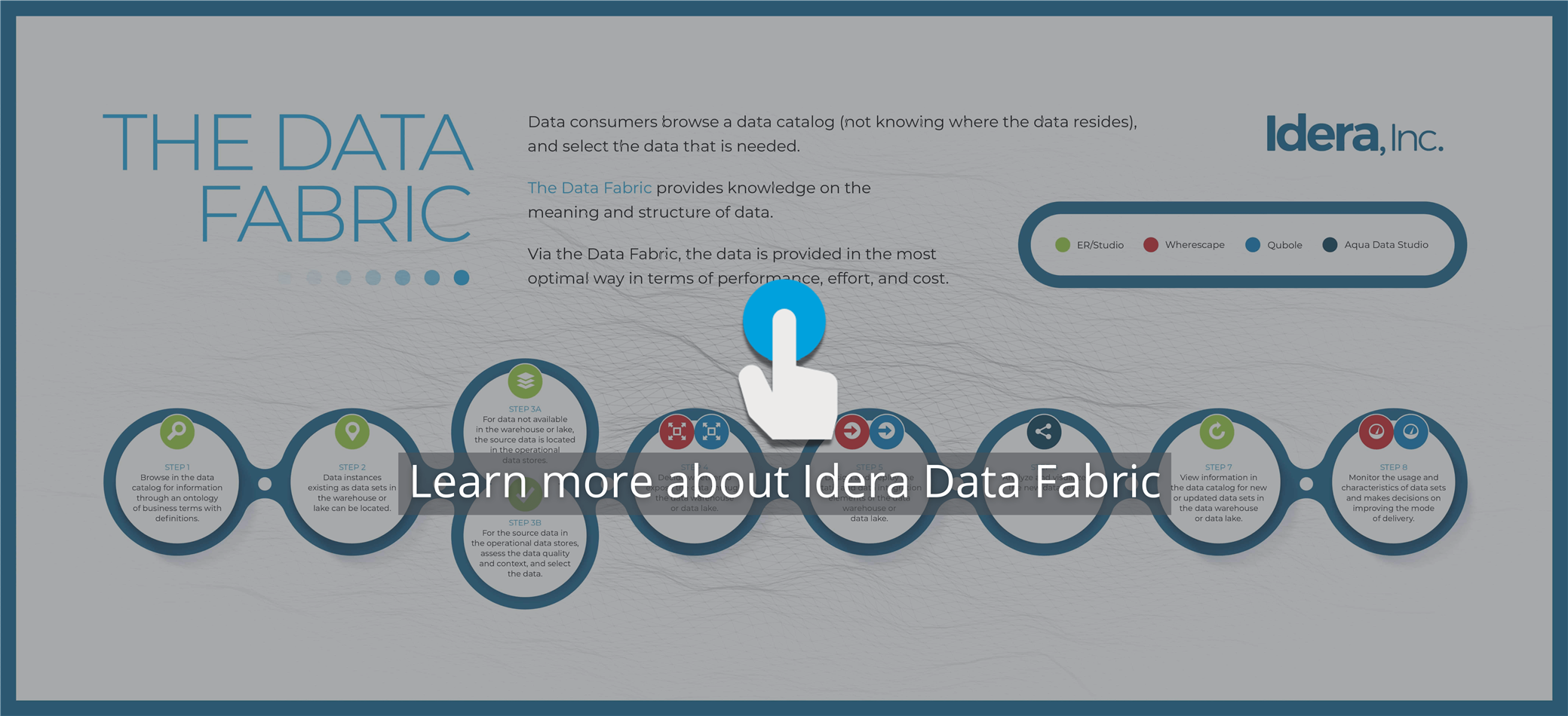Data democratization refers to a method by which data-driven organizations can obtain the maximum value from their information resources. With the ever-increasing focus on the importance of enterprise data, democratization offers an appealing path for using data resources productively.
Defining Data Democratization
Data democratization describes the ongoing process of allowing everyone in an organization to comfortably – and securely – work with enterprise data assets.
Successfully democratizing data requires organizations to adopt three main principles:
- Empower and encourage employees to ask data-related questions;
- Furnish the right tools to allow everyone to comfortably work with data;
- View democratization as an ongoing process that could require an organizational culture shift.
Benefits of Data Democratization
The benefits of data democratization ripple through an organization and affect all of its departments and teams. Because of this, making data resources more readily available to every employee – in a manner compliant with data regulations – benefits the entire enterprise.
Through the democratization of data, organizations can:
- Empower employees throughout the enterprise to use data resources productively to improve their performance.
- Improve remote work capabilities by making relevant data available regardless of location.
- Increase operational efficiency as a result of employees being able to easily access key information.
- Make faster decisions by having reliable data available to assist in making the correct choices.
- Enhance the customer experience by giving client-facing teams access to contact information and other relevant data.
How a Data Fabric Helps Organizations Democratize Data
A data fabric can be seen as the vehicle that enables an organization to efficiently democratize its data resources within a governance framework. Ideally, it is an all-encompassing analytics architecture that increases data availability while facilitating and securely managing its flow throughout the enterprise.
As with most vehicles, it’s made up of multiple components working together to achieve the objective.
Anatomy of a data fabric
The architectural components that comprise a data fabric are:
- A data storefront for users to browse for information and define requirements
- A data catalog connecting a business glossary with policies and rules to available data sets and possible source data
- Operational systems that are used to run the business’s daily operations;
- A real-time analysis platform to analyze data streams as they arrive;
- Additional non-standard internal and external structured and multi-structured data sources;
- A data integration platform to extract and transform data to a standard format for loading into an enterprise data warehouse (EDW);
- A data refinery to distill data into useful formats for analytic;
- A traditional EDW that serves as the production analytics environment using trusted, reliable data;
- An investigative computing platform (ICP) that is essentially a data lake used for data exploration, modeling, and analysis;
- A set of tools and applications to analyze data and create reports;
Implementing a data fabric
Implementing the complicated architecture of a data fabric requires multiple technical solutions. The technical requirements that must be successfully negotiated include:
- The creation of a data catalog, business glossary, and data dictionary;
- Data modeling used in the design of the EDW and ICP;
- Data integration to standardize data for use in the EDW;
- Data preparation in the creation of the ICP;
- Data virtualization to make information more easily accessible;
- A real-time analytics engine;
- Data analysis and visualization tools;
- Monitoring what data is being used and who is using it;
- Appropriate data storage solutions.
IDERA Data Fabric Solutions for Data Democratization
Democratizing your data provides the means to enable all employees to get the most value from enterprise information resources. IDERA offers multiple solutions that address the specific steps involved in the creation of an enterprise data fabric.
ER/Studio
ER/Studio is a suite of data modeling tools that provide the necessary functionality to accurately model both information and data and create an enterprise-wide data catalog. It enables organizations to undertake a collaborative data modeling approach. The physical and logical models derived from source data are essential when designing the EDW and ICP.
WhereScape
WhereScape is valuable for the data integration and monitoring procedures that are essential components of a viable data fabric.
Qubole
Qubole is a versatile tool that can help teams perform the data preparation and monitoring necessary for the creation of a data fabric. It also serves as a platform for the real-time analytics that makes data fabrics valuable for decision-making.
Aqua Data Studio
Aqua Data Studio is a versatile tool for data analysis and visualization with support for over 40 different database platforms. It provides a flexible means of extracting additional value from data resources by creating visualizations that make complex information accessible to any audience.
Try Aqua Data Studio for free!
Much more information on creating a data fabric can be found in this IDERA whitepaper. It provides an in-depth look into developing a data fabric that can be used to improve data democratization in any organization.


